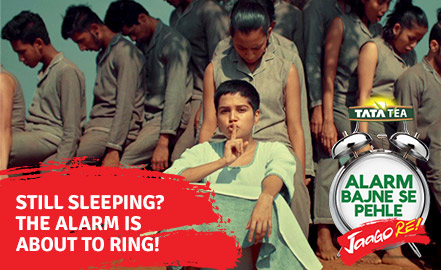Is the fate of the girl child in India changing?
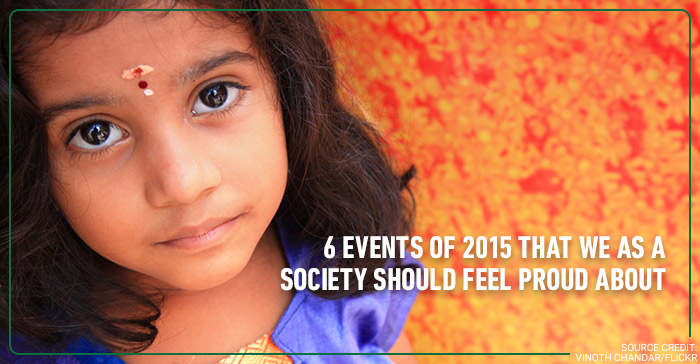
In a country where, child sex ratio has declined from 945 in 1991 to 914 in 2011, the significance of the National Girl Child Day, observed and commemorated on 24th of January every year, cannot be overemphasised. Subsequently, the observance of this day, earmarked for raising awareness about the inequalities and injustices perpetuated against the girl child, and also for educating people about the rights of a girl child, was extended to a weeklong (24th-30th January) commemoration in the form of National Girl Child week.
This National Girl Child week, let’s look back at six events of 2015 that have made a positive impact for the Indian girl child:
Mhonbeni Ezung, an eight year old girl from Nagaland, became the youngest National Bravery award recipient in 2015, for rescuing her drowning grandmother. Her 78 year old grandmother had taken her fishing and had fallen into the river after suffering from sudden cramps, followed by a stroke. Little Mhonbeni ran all the way to a village 4-5 kms away, all alone and brought help in time, to rescue her drowning grandmother.
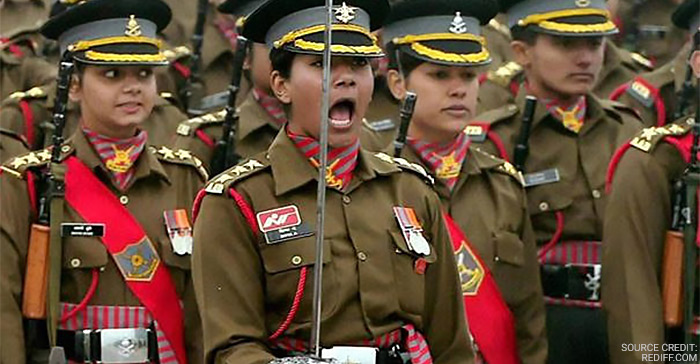
Captain Divya Ajith Kumar led the first all women’s contingent of the Indian Army for the Republic Day parade on January 26th, 2015. Twenty-five year old Captain Divya Ajith is also the first woman cadet in the history of Indian army, to have been awarded the prestigious ‘Sword of Honour’ in 2010.
Government of India launched the ‘Beti Bachao Beti Padhao’ campaign in January 2015, with the aim of creating awareness and to ensure survival, protection and empowerment of the girl child.
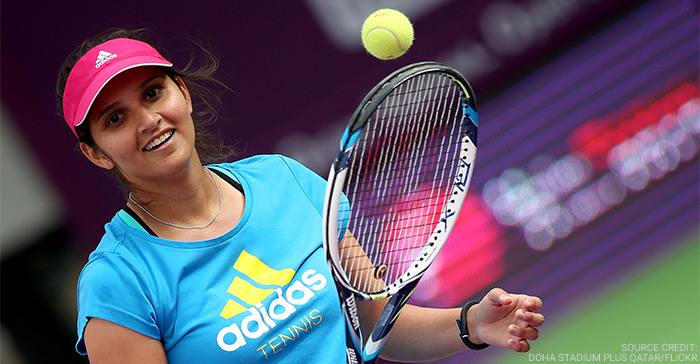
Indian tennis player Sania Mirza, became the first Indian woman to be World no.1 in women’s doubles. She, along with her partner, Martina Hingis, won 9 titles including the Wimbledon, US Open, and the year-ending WTA finals. They continued their winning stint in 2016, and broke a 22 year old world record by winning 29 matches in a row. In many interviews, following her victories, Sania Mirza has spoken about her desire to inspire girls in the sub-continent to take up sports, especially tennis.
2015 saw Indian women receive global appreciation with 7 of them making it to the BBC’s list of 100 most aspirational women. These extraordinary seven women -farmer Rimmppi Kumari, entrepreneurs Smriti Nagpal and Kanika Tekriwal, campaigner Mumtaz Sheikh, singer Asha Bhonsle, Tennis star Sania Mirza, and veteran actress Kamini Kaushal - have made their distinctive mark in their chosen fields.
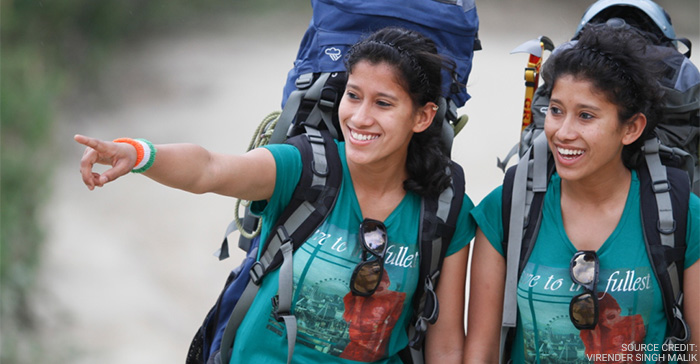
In April 2015, the Malik twins – 23 year olds Nungshi and Tashi Malik – completed the Explorers’ Grand Slam by skiing to the North Pole. The sisters join the rare club of 44 achievers to have completed the Explorers’ Grand Slam, which is a challenge to reach the North Pole, the South Pole, and to climb the highest peak of each continent – the Seven Summits. In 2014, they had already achieved the distinction of being the first ever siblings to scale the seven tallest peaks in seven continents, which they had dedicated to the cause of Indian Girl Child.
These are some of the achievers who serve as inspiration for the Indian girl child and as a lesson for the society which considers her existence as a burden. But, in a country where children, especially girls, are deprived of the right to live, to basic education and nutrition, all the girls who survive, make it school, and strive each day are achievers in their own right.
What are your views on the article? Write to us on our Facebook and Twitter pages, or email us at jaagorein@gmail.com.
Disclaimer:
The views expressed in the article belong to the author alone, and do not necessarily represent that of the brand.
More about the Author:
Share this story on






